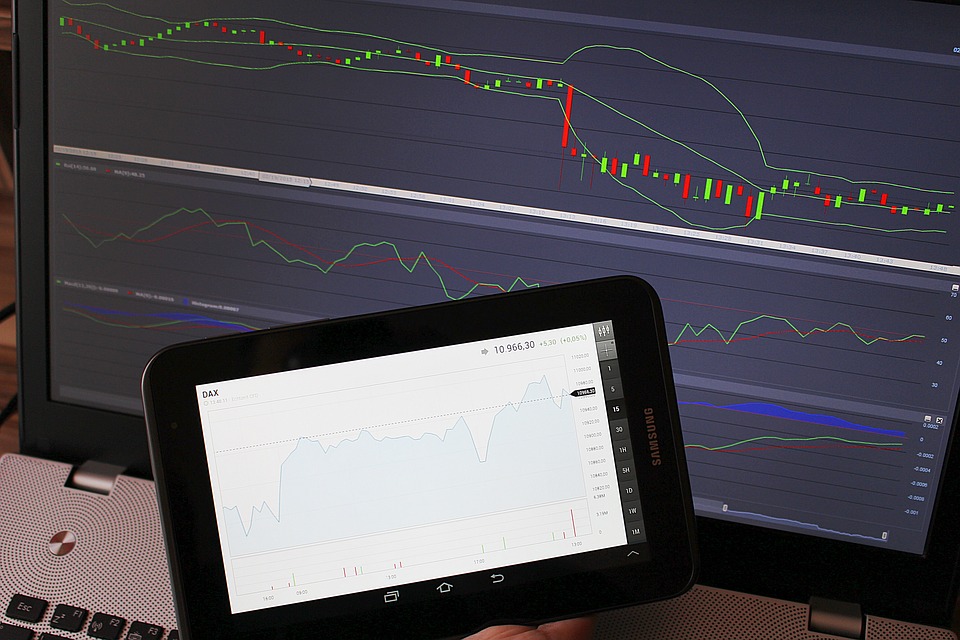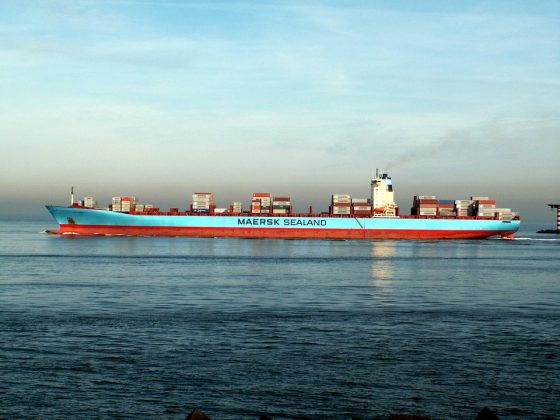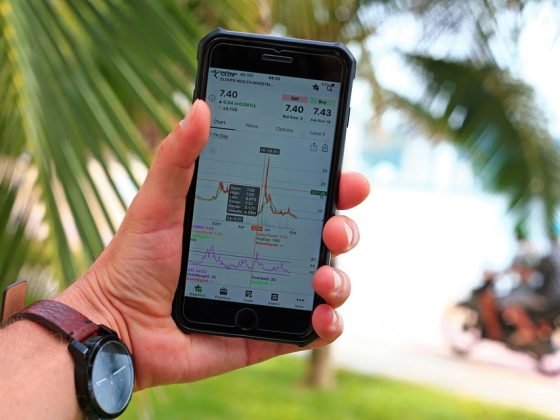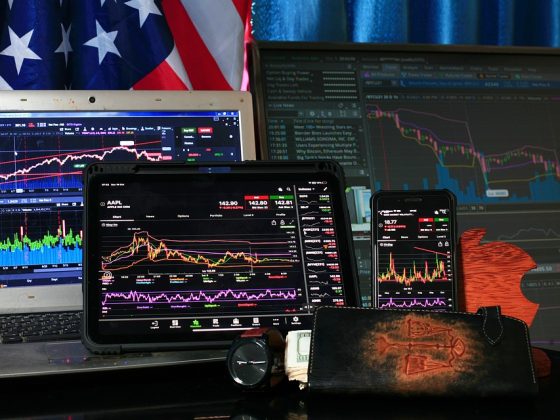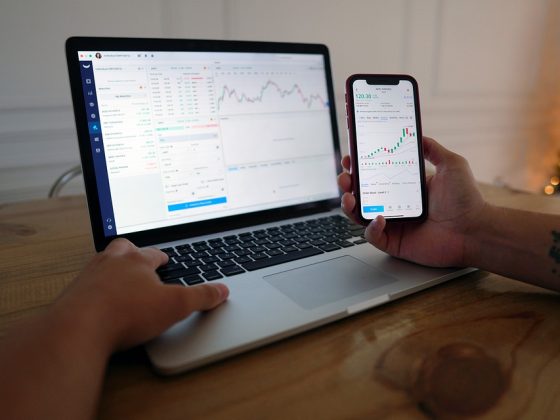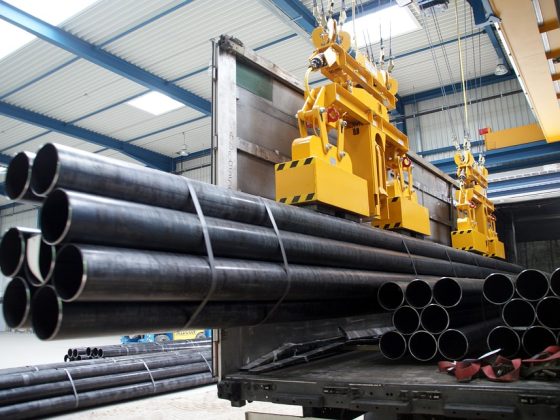Trading economics plays a crucial role in shaping supply and demand in various markets around the world. In simple terms, trading economics refers to the study and analysis of economic indicators that impact the buying and selling of goods and services. This includes factors such as interest rates, inflation, employment levels, and international trade policies.
The effects of trading economics on supply and demand are complex and far-reaching, influencing both producers and consumers in the market. By understanding how economic indicators can drive changes in supply and demand, businesses and individuals can make informed decisions that can help them navigate the volatile world of global trade.
Impact on Supply:
Trading economics can have a significant impact on the supply of goods and services in the market. For example, changes in interest rates can influence the cost of borrowing and investing for businesses. If interest rates rise, it becomes more expensive for businesses to borrow money to finance production, which can lead to a decrease in supply as companies may scale back their operations.
Similarly, factors such as inflation and exchange rates can also affect the cost of production for businesses. If inflation is high, businesses may face increased costs for raw materials and labor, leading to higher prices for consumers. This can impact the supply of goods and services as businesses may choose to reduce production in response to rising costs.
Furthermore, international trade policies can also impact the supply of goods in the market. Tariffs and trade barriers can increase the cost of importing goods from other countries, making it more expensive for businesses to source materials and products from abroad. This can lead to a decrease in the supply of certain goods if businesses are unable to find cost-effective alternatives.
Impact on Demand:
Trading economics also plays a critical role in shaping demand for goods and services. Changes in economic indicators such as employment levels and income can impact consumer behavior and purchasing power. For example, if unemployment is high, consumers may have less disposable income to spend on goods and services, leading to a decrease in demand.
Similarly, fluctuations in exchange rates can impact the cost of imported goods, influencing consumer demand for foreign products. If the local currency strengthens against a foreign currency, imported goods become cheaper for consumers, leading to an increase in demand for imported products.
Changes in interest rates can also impact consumer demand. If interest rates are low, it becomes cheaper for consumers to borrow money for large purchases such as homes and cars. This can lead to an increase in demand for these goods as consumers take advantage of lower borrowing costs.
FAQs:
1. How does trading economics impact the prices of goods and services?
Trading economics can impact the prices of goods and services through changes in supply and demand. For example, if the cost of production increases due to factors such as inflation or exchange rates, businesses may raise prices to maintain profit margins. Similarly, changes in consumer demand can also influence the prices of goods and services. If demand for a product increases, businesses may raise prices to capitalize on higher demand.
2. How do international trade policies affect supply and demand?
International trade policies such as tariffs and trade barriers can impact the supply and demand for goods and services. Tariffs can increase the cost of importing goods, leading to a decrease in supply if businesses are unable to find cost-effective alternatives. Similarly, trade barriers can limit the flow of goods between countries, impacting consumer demand for foreign products.
3. How can businesses use trading economics to make informed decisions?
Businesses can use trading economics to analyze economic indicators and trends that may impact their operations. By monitoring factors such as interest rates, inflation, and exchange rates, businesses can make informed decisions regarding pricing, production, and marketing strategies. This can help businesses navigate the complexities of global trade and stay competitive in the market.
In conclusion, trading economics has a profound impact on supply and demand in various markets worldwide. By understanding how economic indicators can drive changes in the buying and selling of goods and services, businesses and individuals can make informed decisions that can help them navigate the volatile world of global trade. By staying informed and adapting to changing economic conditions, businesses can position themselves for success in an ever-evolving marketplace.

